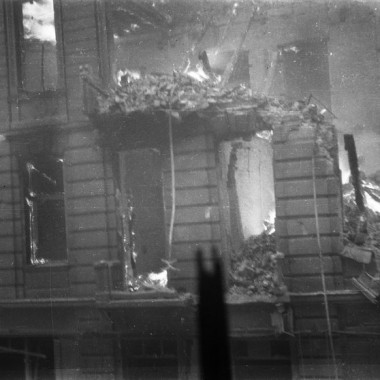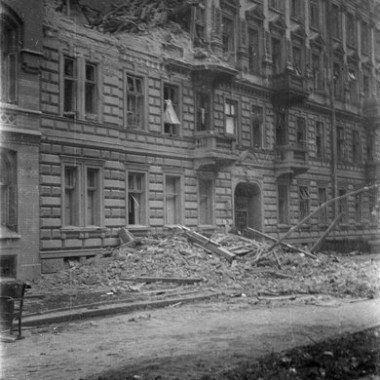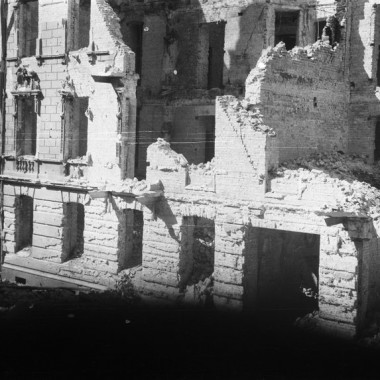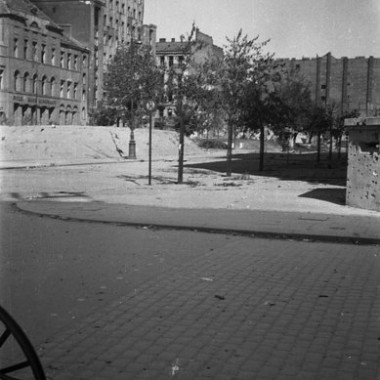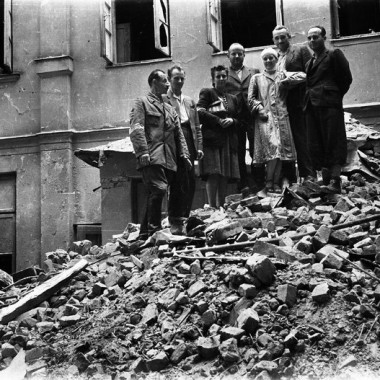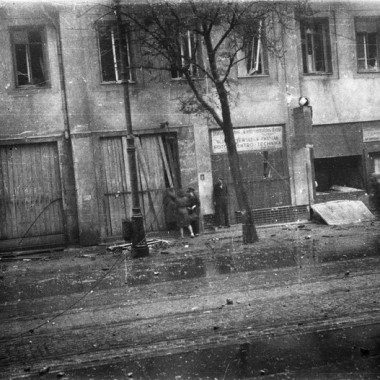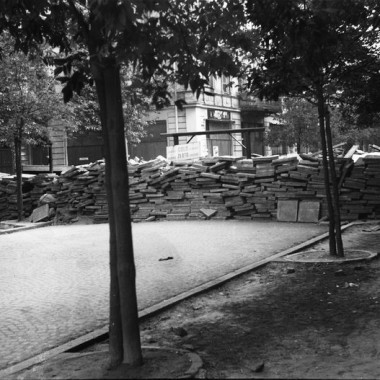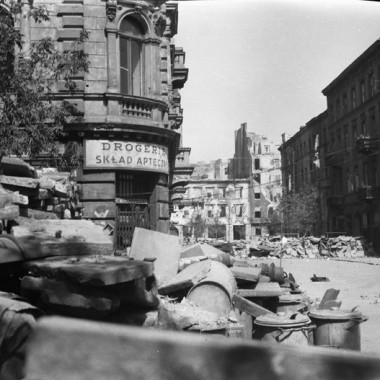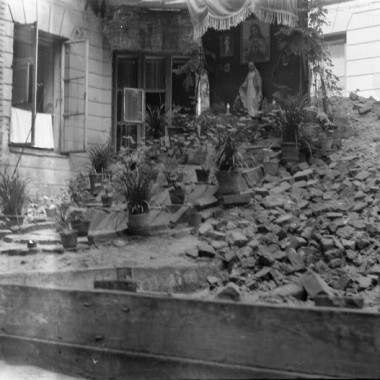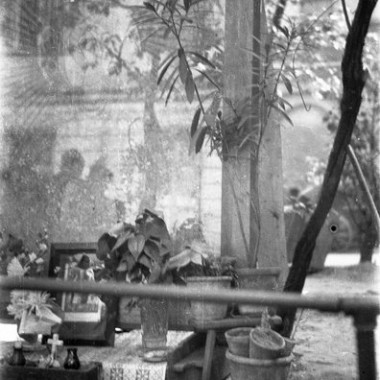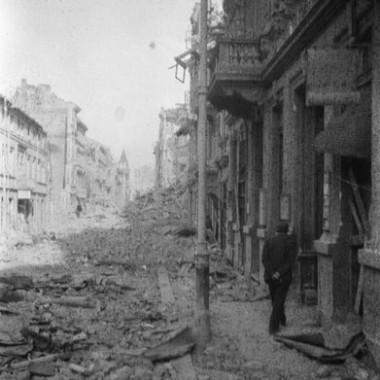Born on 10 May 1906 in Warsaw as a son of a pastor of the Evangelical-Augsburg Church of the Holy Trinity, Wacław Loth "Kupiec", "Karol", finished the Mikołaj Rej Middle School and the College of Commerce (presently the Warsaw School of Economics). He worked as a clerk for the cosmetic company "Fryderyk Puls i S-ka". A sportsman, he played football for Polonia Warszawa. He fought in the September 1939 campaign. Beginning in late 1939, he was a member of the Union of Armed Struggle, and later the Home Army. During the occupation, he lived at 22/20 Jasna Street. A few days before the Warsaw Rising, he handed over his flat at the disposal of the Commandant of the Home Army's Warsaw Region Colonel Antoni Chruściel "Monter". During the Uprising, he commanded a special duties unit tasked with collection of airdrops. Sent to Stalag X B in Sandbostel after the capitulation, he returned to Poland in 1945. He settled with his family in Radom, where he worked as, among others, director of a sanitary ware sales office. He died on 16 January 1950 in Warsaw.
Wacław Loth took photos throughout the entire Rising, mainly in the vicinity of his flat and in the area of his unit's billets in City Centre South, but also in other locations (e.g. the building of the Powiśle Power Plant). Loth made his photographic documentation of the Rising with a Kodak Vollenda bellows camera on a 6x9cm film. Leaving Warsaw, he entrusted 8 rolls of exposed films to his son, Roman, who developed them in a small photo studio in Radom. The collection includes 64 photographs of destroyed buildings, insurgents, barricades, field church services, observation posts on roofs awaiting airdrops, and the author's family and friends.





